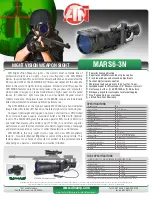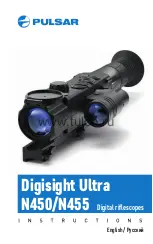
The night sky in
autumn
YOU WILL NEED
› Star chart
› Red-light flashlight
› Warm jacket
HERE’S HOW:
1. At this time of year, you will find the Big
Dipper low above the northern horizon.
2. If you connect the two right stars of the
dipper’s ladle and extend that line upward,
you will come to the North Star. It will be the
brightest star in the Little Dipper
constellation.
3. Keep extending this same line the same
distance again beyond the North Star and you
will come to the constellation of Cassiopeia.
It will be riding high in the sky and looks like
the letter “M.” If you look at it from the other
side, it looks like a “W.”
DID YOU KNOW?
The North Star is positioned exactly above Earth’s axis. It
is the only star in the sky that doesn’t move, always
remaining in the same place. The stars around it are
called circumpolar stars (literally, “around the pole
star” — the North Star is also known as a pole star, or
Polaris). While they do move, they never set. So you can
always see them on any clear night.
Lile
Dipper
North Star
Big
Dipper
(Ursa Major)
Perseus
Auriga
Cepheus
Cassiopeia
Draco
Hercules
Cygnus
Lacerta
TIP!
Pay attention one evening t
o the way
the sky changes over the co
urse of
several hours. Do you see ho
w the North
Star always stays in the sam
e place?
Lile
Dipper
North Star
Cepheus
Cassiopeia
Perseus
Mizar/
Alcor
Big Dipper
Draco
Lacerta
Cygnus
Andromeda Galaxy
Triangulum
Zenith
North
VIEWING
Identifying Constellations in the Sky
29






































